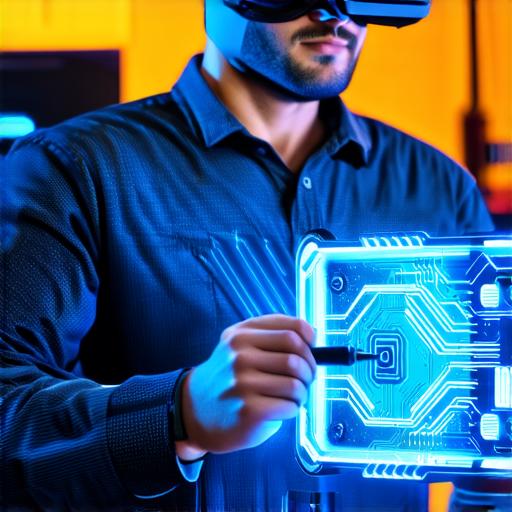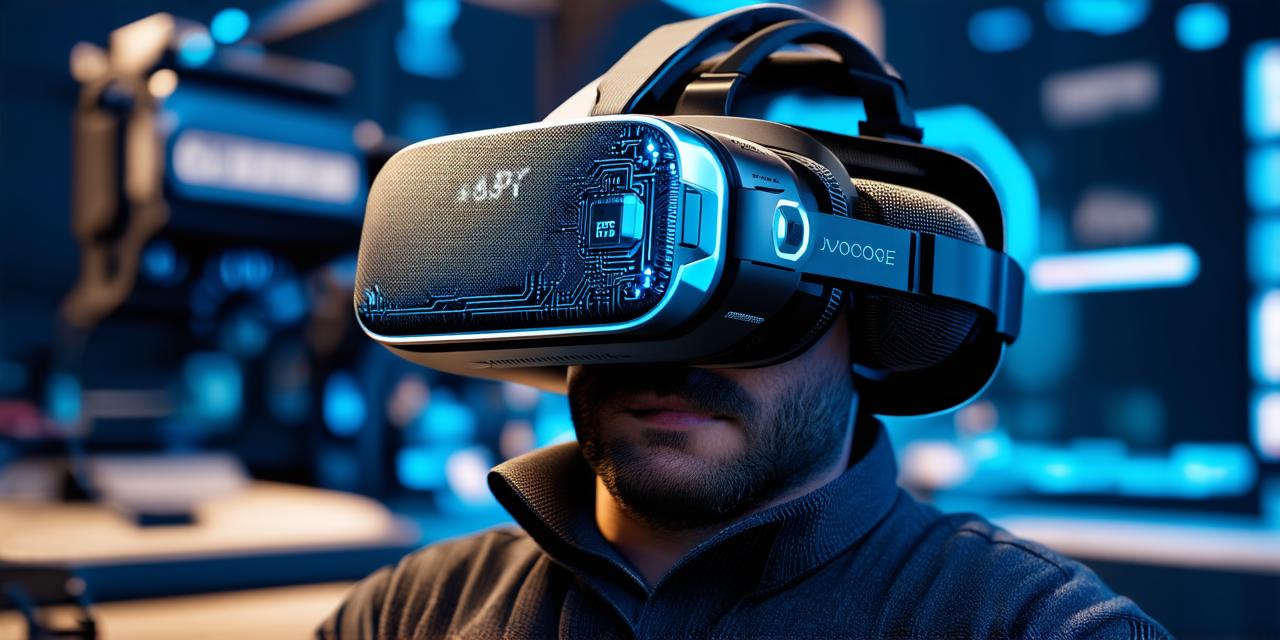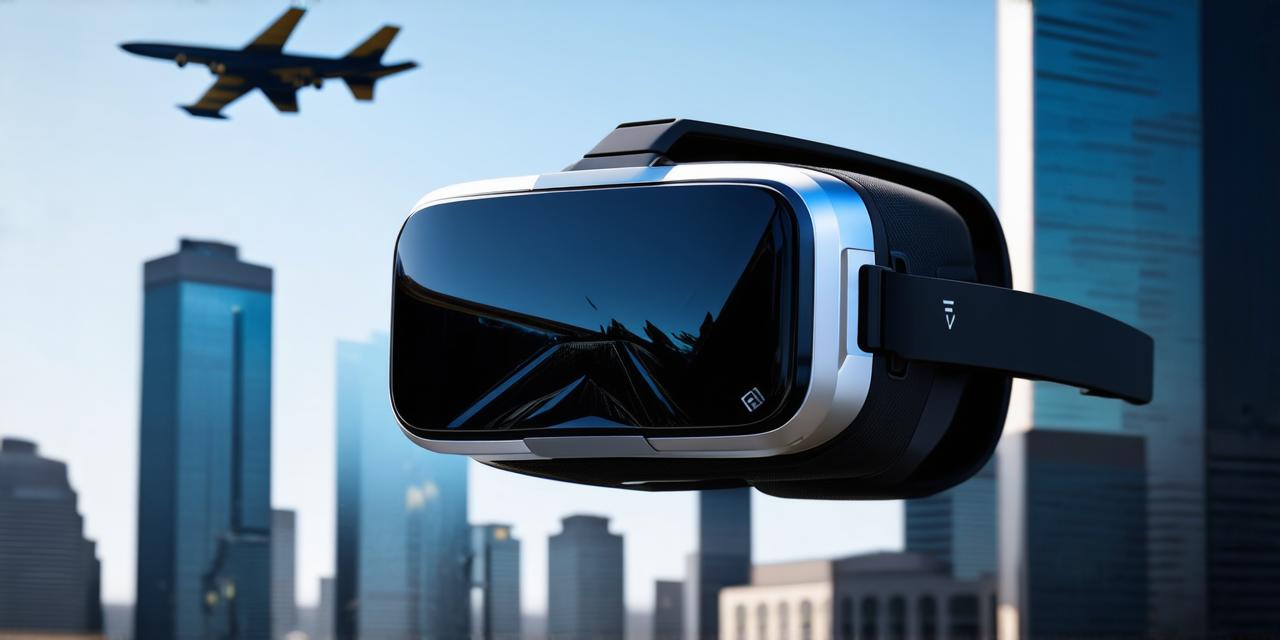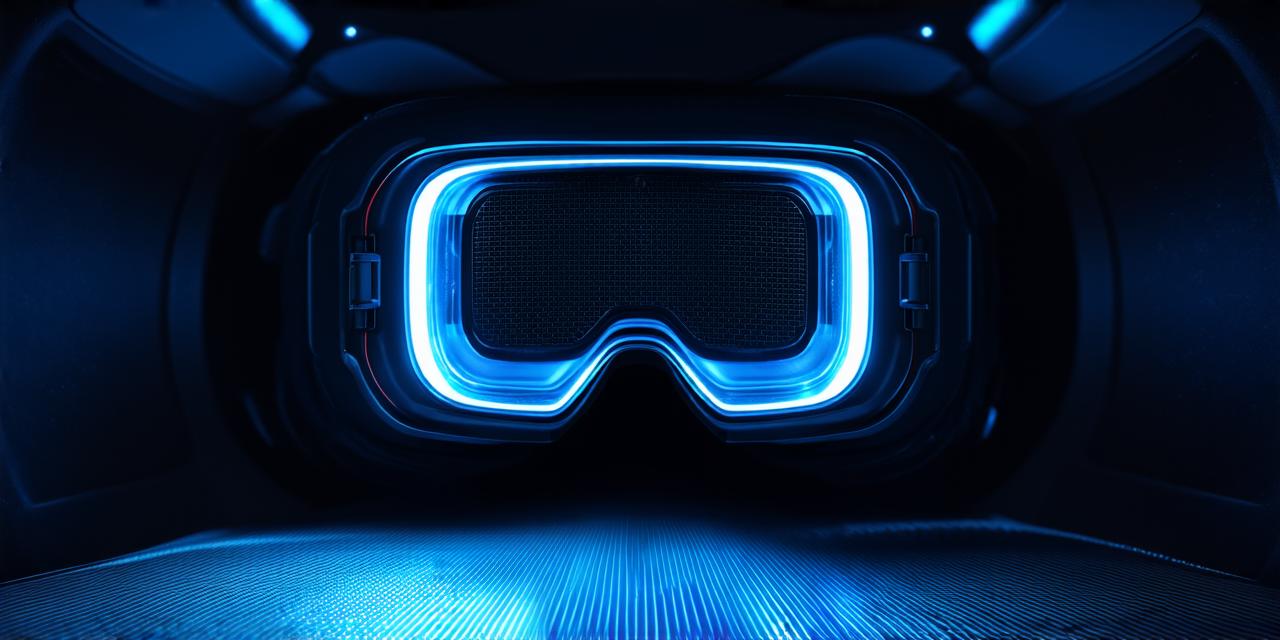In the ever-evolving world of Augmented Reality (AR), standing out is no longer a luxury, but a necessity. One such way to make your mark is by constructing your own Virtual Reality (VR) headset. Here’s a step-by-step guide to help you embark on this exciting journey.
Why Build Your Own VR Headset?

“The best way to predict the future is to create it.” – Peter Drucker
Building your own VR headset isn’t just a tech challenge; it’s an opportunity to shape the future of AR development. It allows you to customize your device according to your needs, fostering creativity and innovation.
Getting Started
Your toolkit should include a 3D printer, a headstrap, lenses, sensors, and a smartphone to serve as the screen. The process involves designing, printing, and assembling these components.
Designing Your VR Headset
Designing is the creative part where you can let your imagination run wild. There are numerous open-source designs available online that you can modify according to your preferences.
Printing and Assembling
Once designed, use a 3D printer to create the physical components of your headset. Assembly involves attaching the lenses, sensors, and smartphone holder.
Calibrating Your VR Headset
Calibration is crucial for an immersive VR experience. Adjust the interpupillary distance (IPD) to match your eyes’ separation. Also, ensure the lenses are properly aligned with the screen.
Testing and Iteration
After assembly, test your headset. If you encounter issues, don’t despair! Iterate, make adjustments, and retest until you achieve the desired results.
Real-life Examples
Take the example of Google Cardboard, a simple DIY VR headset that revolutionized the industry. Or consider the Oculus Rift, which started as a Kickstarter project before becoming a household name in VR technology.
FAQs
Q: What software do I need to design my VR headset?
A: There are several free and paid 3D modeling software available online such as Blender, SketchUp, and AutoCAD.
Q: Can I use any smartphone for my DIY VR headset?
A: Most smartphones can be used, but the screen size and resolution should ideally match the specifications of your headset design.
Summary
Building your own VR headset is not just a tech project; it’s a journey of self-discovery and innovation. It’s about pushing boundaries, challenging norms, and creating the future of AR development.




